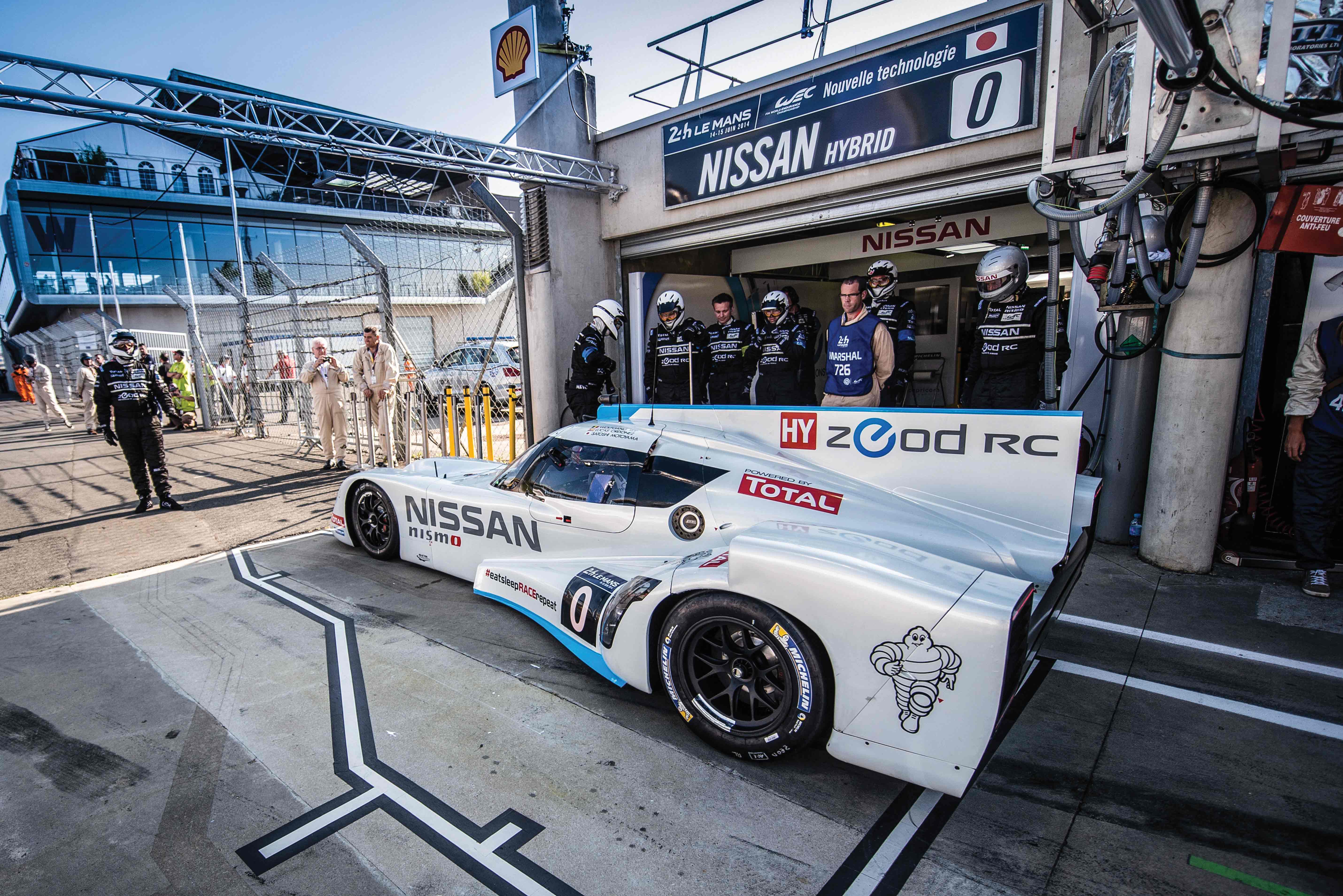
As this is the leading performance and motorsport magazine in the country, and this particular issue is weighted heavily towards future vehicles, we thought it appropriate to consider the future race car. This is a particularly appropriate topic given the recent announcement that we have only 53-odd years of oil left on the planet – an announcement that needs to be taken with about 53-odd years of salt given the source of this news is British Petroleum.
Still, it’s certain that oil is a finite resource and if a sport that revolves around consuming this resource at a furious rate does not recognize the need for change, then it’s also certain to be doomed. The world at large is probably prepared to cut the grassroots racer a fair amount of slack when they see a smoky classic car compete in a local hill climb. But the world’s top race series bear a responsibility to make the sport as fuel-efficient and eco-conscious as possible.
This year, the world of Grand Prix racing has been transformed with the introduction of turbocharged V6 engines, fuel restrictions and sophisticated energy recovery systems. The commercial rights holder for the series, Bernie Ecclestone, has been critical of the changes, claiming that they’re reducing the appeal of “the show” and that the technology is too sophisticated for the average fan.
This is, of course, largely a ridiculous statement because Formula One needs to be the most technologically advanced race series in the world – anything else and it wouldn’t deserve to be called Formula 1. Whether the average fan understands how ERS works is not all that relevant; so long as the racing is entertaining and the speeds are high, everyone should be good to go.
For the car manufacturers currently involved in F1, there really is no appropriate choice other than an environmentally aware one. Legislations around the world are pushing manufacturers to make their road-going vehicles cleaner and more fuel efficient all the time – it would make no sense at all for them to participate in a series that might show a lack of situational awareness.
It’s also worth mentioning a little-known fact here: F1 has been carbon neutral since 2007. The series has purchased carbon offset credits and has also been involved in tree-planting campaigns to help neutralize the impact of the series travelling around the globe. A number of F1 teams, including McLaren and Sauber, are also carbon neutral. So, clearly, the people responsible for the series, Ecclestone included, are not blind to the needs of the environment.
On one critical point, though, Ecclestone is correct – the current fleet of cars is too quiet. A race car can be as fuel-efficient and eco-friendly as all get out, but it must make some noise. There’s simply something about sound that makes racing seem more exciting than it actually is and the opposite viewpoint is equally true. This point was brought home to me while watching a touring car race at CTMP this year and witnessing the B-Spec cars power past.
While these cars are great fun to drive, they’re not the fastest thing on the planet – and their quiet disposition makes them appear even slower. In direct contrast, while considering this column, I had the great good fortune to test-drive the new Jaguar F-Type R Coupe on public roads. Yes, this car is armed with a V8 engine, but said V8 is a brilliant effort because at speeds under 50 km/h, it makes a noise that sounds like the world is coming to an end.
For sure, a Grand Prix car should be an eco-conscious machine and a noisy thing all at once. No doubt, the people responsible for the series will soon figure out a way to ratchet up the sound quality. The engineers here are among the best in the world, so a few decibels shouldn’t pose much of a problem.
The noise factor might cause a problem for the forthcoming FIA Formula E championship for all-electric cars. As of this writing, the single-seaters are expected to produce noise levels around 80 dB, slightly more than a road car, significantly less than an F1 car. The environmental footprint of these cars is largely beyond reproach – they run on battery power alone, the races run through major urban centres and the cars will make less noise than the typical city bus.
The performance of the cars should be beyond reproach as well; they will reportedly accelerate to 100 km/h in under three seconds and have a top speed of 225 km/h – not much for a formula car, but not unreasonable for a tight street circuit. The lack of noise might be a limiting factor, though. Only time will tell if the racing is exciting from a visceral standpoint.
One final thought about the future of race cars is this: There needs to be some consideration given to how the cars look as well, and this appearance should be tied to a fairly strict set of rules.
Here, again, F1 racing is a great example. While the latest cars aren’t the prettiest in the history of Grand Prix racing, they are a direct result of engineers taking the rules into consideration and maximizing the performance of their cars within those rules. If the rule makers want to eliminate the ridiculous noses that have come to F1 cars, they should be able to sit down, draw up a set of revisions and achieve that goal.
In another leading race series, at the FIA/ACO World Endurance Championship round at Le Mans, the Nissan ZEOD RC received a fair amount of attention. While the technology behind this car is certainly commendable – it completed the first-ever all-electric racing lap at the 24 Hours this year – there are issues here as well. First, the car is an experimental prototype that races in its own class; second, it doesn’t look like a race car.
Just as there are certain expectations for how a car sounds, there are also expectations for how it should look. It’s a simple enough thing to make a super-fast race car when there are no rules or regulations to follow. If the FIA/ACO is serious in considering a new class for 100 per cent electrified cars, I hope they also apply some dimensional restrictions on those cars.
After all, this year’s race at Le Mans saw three leading manufacturers – Audi, Porsche and Toyota – compete head-to-head-to-head for the overall win using three different approaches to hybrid technology. To top it off, all three race cars looked like race cars and sounded like (quiet) race cars. The future is going to happen whether we plan for it or not – I just hope future race cars are well-planned from the start.






















